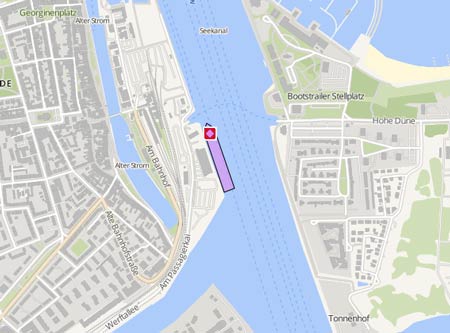STOLT GROENLANDscrapped
Course/Position
Latest ports
Latest Waypoints
Latest news
Casko arrived Scrapyard
Casko from Stolt Groenland arrived Alang Scrapyard 22.09.22 https://www.facebook.com/photo/?fbid=2232289700270770&set=gm.10161594516583943&idorvanity=6884293942
Scrapped
Scrapped at Busan 05/2022 https://www.shipspotting.com/photos/3428037 https://www.facebook.com/photo/?fbid=10158796003178663&set=gm.10161371862068943
Report on explosion accident published
On July 20, 2021, the Marine Accident Investigation Branch (MAIB) has published a report on the violent explosion that occurred on the 'Stolt Groenland' in Ulsan in September 2019. The report concluded that heated tanks on board were the cause of the accident. N people were killed, but 10 were injured when the violent explosion occurred. According to the report the temperature-sensitive styrene in one of the tanks was overheated, causing the styrene to convert to polystyrene, causing the pressure and heat in the tank to rise exponentially. Full report: https://www.gov.uk/maib-reports/cargo-tank-explosion-and-fire-on-chemical-tanker-stolt-groenland
Upload News

